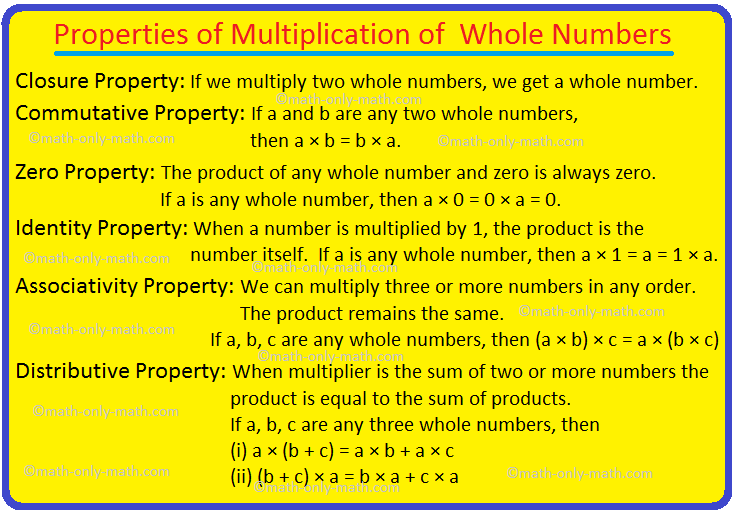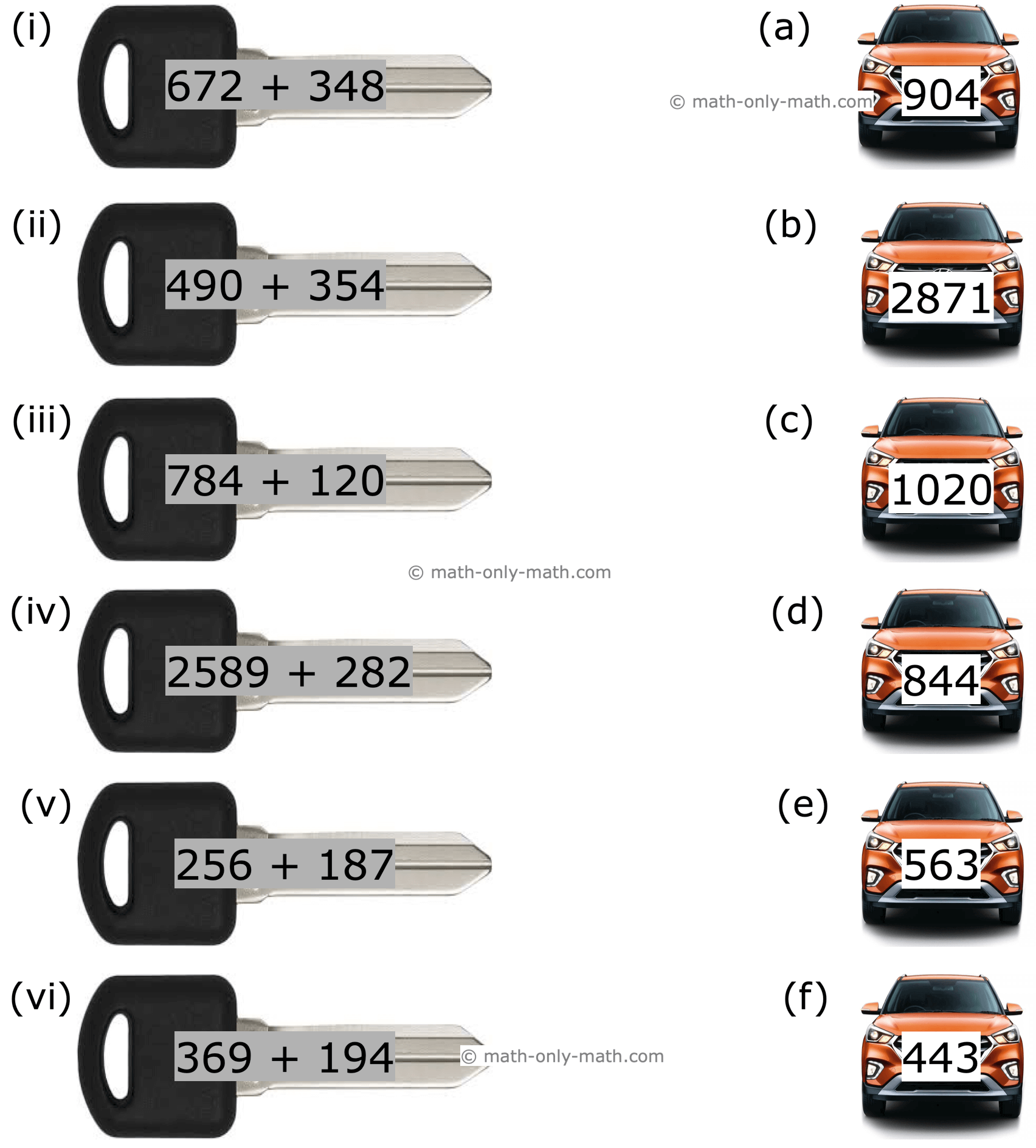Subtraction with Decomposition 2-Digit Number from 2-Digit Number
In subtraction with decomposition 2-digit number from 2-digit number we will learn how to regroup when subtracting two digit numbers. Here we will practice the subtraction and unlike these examples, we will do involve decomposition (borrowing from the left side column).
How to solve subtraction with decomposition – Tens and Units?
Consider the following examples on subtraction with decomposition (2-digit number from 2-digit number). Step-by-step we will learn subtracting two numbers with borrowing.
1. 32 - 17
In the problem we cannot subtract or take 7 from 2 in the ones place column since 7 is bigger than 2. Suppose, if you have only 2 mangoes, your sister can’t take 7 mangoes away from you. So, we need to use the process called decomposition. Decomposition happens or required when we borrow an amount from the number on the left to give it to the number on the right. We only apply this in the top row numbers.
What this means here is that we can’t take 7 from 2 so we borrow a ten from
the next column along (the 3). We will take 10 off the left side number (3) and
give it to the right side number (2). The 3 is in the tens column, so it
represents 30 (3 × 10). Taking 10 off 30 leaves 20 (2) and adding 10 to 2 gives
12.
32
-17
We can now subtract 7 from 12 in the ones column to get 5.
32
-17
5
Next, we subtract 1 from 2 in the tens column to get 1.
32
-17
15
And the difference is 32 – 17 = 15.
2. 56 - 29
In the problem we cannot subtract or take 9 from 6 in the ones place column since 9 is bigger than 6. Suppose, if you have only 6 mangoes, your sister can’t take 9 mangoes away from you. So, we need to use the process called decomposition. Decomposition happens or required when we borrow an amount from the number on the left to give it to the number on the right. We only apply this in the top row numbers.
What this means here is that we can’t take 9 from 6 so we borrow a ten from the next column along (the 5). We will take 10 off the left side number (5) and give it to the right side number (6). The 5 is in the tens column, so it represents 50 (5 × 10). Taking 10 off 50 leaves 40 (4) and adding 10 to 6 gives 16.
56
-29
We can now subtract 9 from 16 in the ones column to get 7.
56
-29
7
Next, we subtract 2 from 4 in the tens column to get 2.
56
-29
27
And the difference is 56 – 29 = 27.
From Subtraction with Decomposition 2-Digit Number from 2-Digit Number to HOME PAGE
Didn't find what you were looking for? Or want to know more information about Math Only Math. Use this Google Search to find what you need.
Recent Articles
-
Basic Multiplication Facts | Repeated Addition |Multiplication Process
Jan 15, 25 12:23 AM
Some basic multiplication facts are needed to follow for multiplying numbers. The repeated addition of the same number is expressed by multiplication in short. -
Properties of Multiplication | Multiplicative Identity | Whole Numbers
Jan 15, 25 12:08 AM
There are six properties of multiplication of whole numbers that will help to solve the problems easily. The six properties of multiplication are Closure Property, Commutative Property, Zero Property… -
Multiplication Table | Learn Tables from 0 – 25 | Multiplication Table
Jan 14, 25 11:53 PM
In math multiplication table we will learn the tables from 0 – 25. These multiplication tables help the students to learn the essential multiplication facts. Multiplication tables are very important f… -
3rd Grade Math Worksheets |3rd Grade Math Sheets|3rd Grade Math Lesson
Jan 14, 25 11:02 PM
3rd grade math worksheets is carefully planned and thoughtfully presented on mathematics for the students. Teachers and parents can also follow the worksheets to guide the students. -
3rd Grade Subtraction Worksheet | 3-Digit Subtraction Worksheets | Ans
Jan 14, 25 01:57 PM
In 3th Grade Addition Worksheet we will solve how to subtract 3-digit numbers by expansion, subtraction of 3-digit numbers without regrouping, subtraction of 3-digit numbers with regrouping, propertie…






New! Comments
Have your say about what you just read! Leave me a comment in the box below. Ask a Question or Answer a Question.